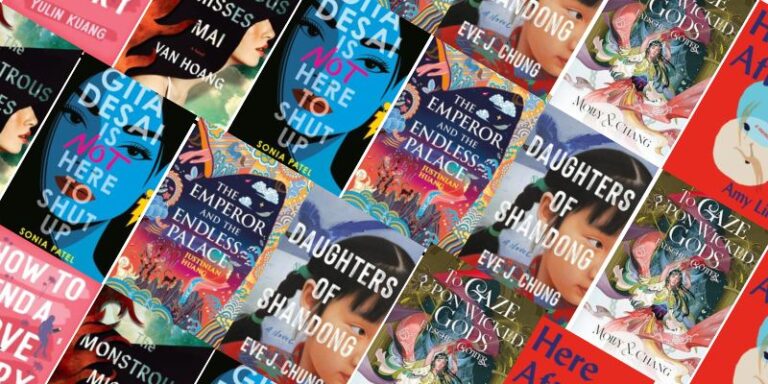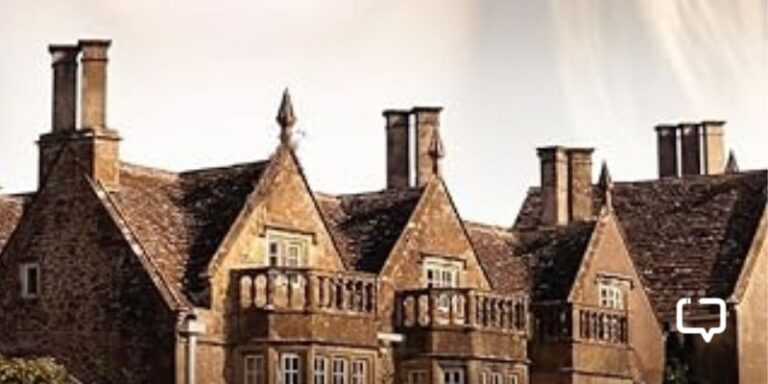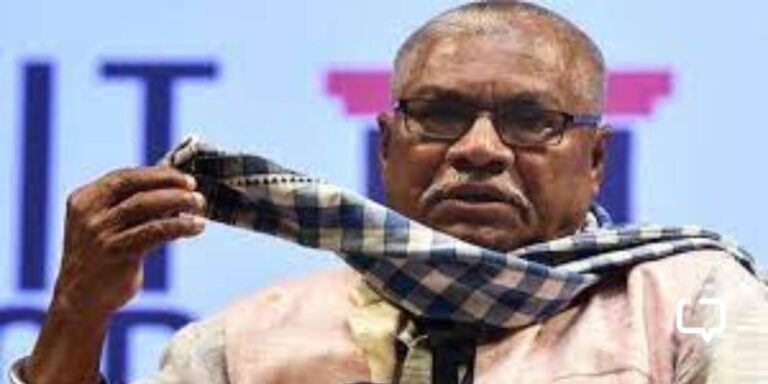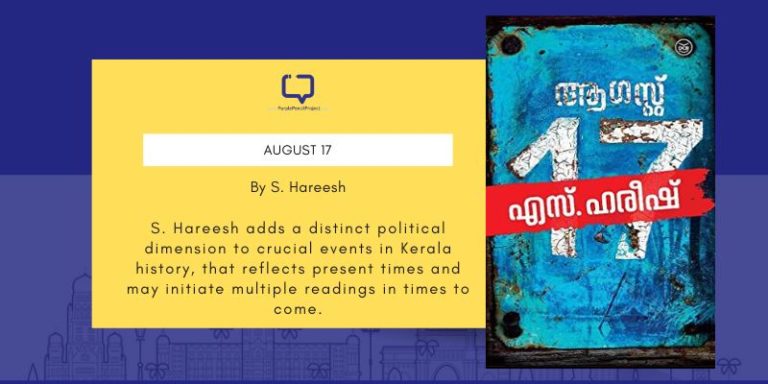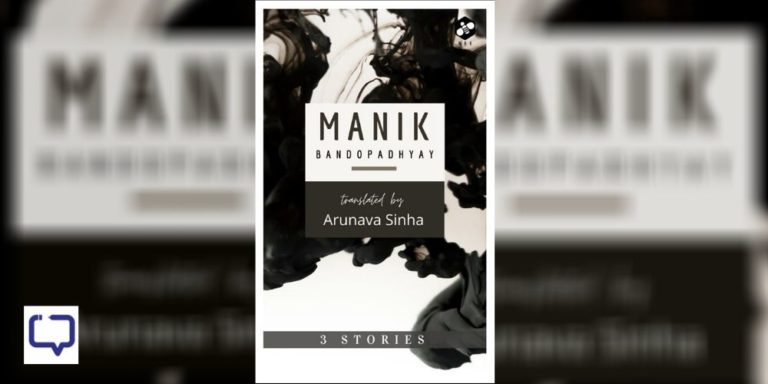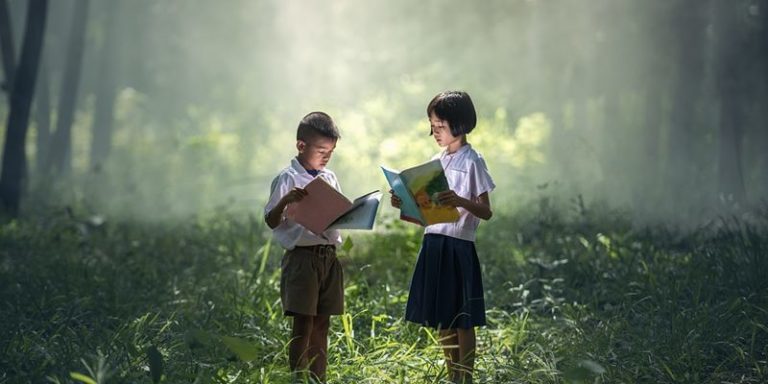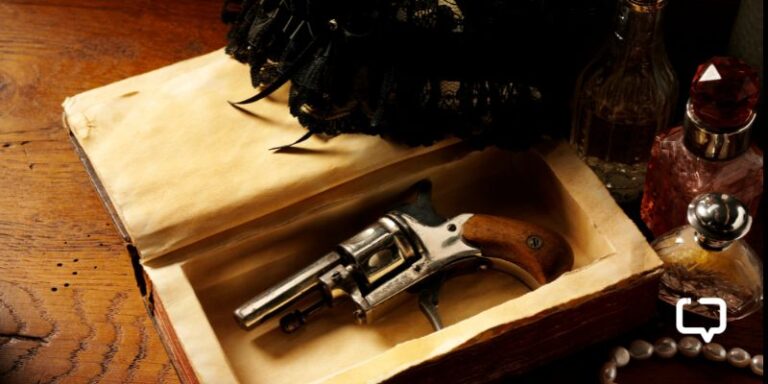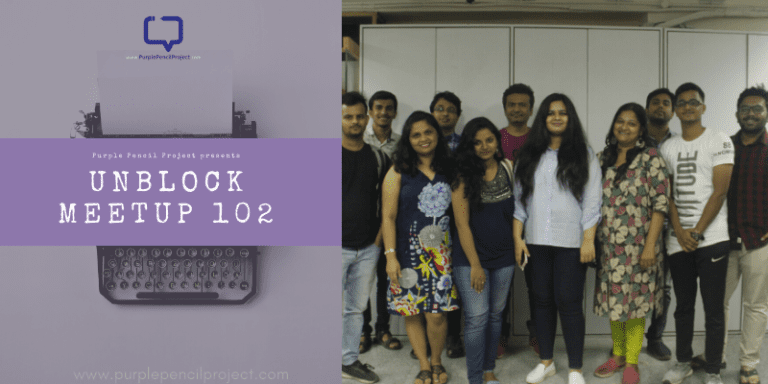Purple Pencil Project’s editor Prakruti Maniar caught up with author and culinary consultant Saee Koranne – Khandekar to talk about Indian food, food stories, how writing and food influence her, and much more. Read on.
We encourage you to buy books from a local bookstore. If that is not possible, please use the links on the page and support us. Thank you.
Your Instagram bio says food / poetry / prose. What came first? Has your relationship with prose/poetry influenced that with food or the other way round?
Saee Koranne – Khandekar: Prose came first. It always has. I studied English Literature, and have always found joy/comfort in writing, so when I first set up my blog in 2008 or thereabouts, I started off with short pieces of fiction. Food found its way to the blog because I had just set up my own house and was navigating a suddenly large and fascinating world that included ingredients that were not very common in my parents’ home. I was also baking a lot, something that I had also studied in college but never thought of “seriously”.
The blog then became a space to document my experiments in the kitchen. At the time, the blog was called ‘My Jhola“, after a cloth jhola bag that I carried everywhere–a mixed bag of writing, cooking, and more. Over time, food and food stories have made its way even into my non-food writing, and one feeds the other, all puns intended!
When did you know you wanted to be a food consultant? In an era of increased urbanisation of food, how did you turn to the local lore and recipes to find food stories?
Saee Koranne – Khandekar: By 2011 or so, I had been writing quite regularly on food, not just on the blog but also for a Marathi daily, and was helping a gourmet food brand with building their product categories and food community. In time, more product consultancy opportunities came along as did inquiries for pop ups, and I realised I enjoyed doing them. By this time, I had also quit my 9-5 job in an e-learning company, and had my first child, so the new work arrangements worked very well logistically. I decided then that I wanted to study the subject further and took a course at CFTRI, and felt better equipped to call myself a food consultant.


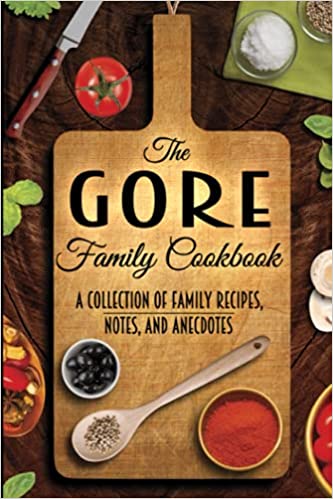

Having said that, there always was a curiosity about traditional cuisines, local produce, the connection between oral/written literature and food, and food stories in general. How do nursery rhymes teach you about the life cycle of milk in a kitchen? How do the couplets that women sing as they grind grain become songs of lament or hope or devotion? These continue to be areas of fascination, and the more I see overdoses of cheese and mayonnaise and microgreens, the more I find myself returning to a world that is more immediate, more real.
You are really active on Instagram, you write for various journalistic platforms as well as you have written books. How does shifting between these mediums work for you? How do you adapt to the unique requirements of each?
Saee Koranne – Khandekar: In all my writing, I think, the voice is the same because the objective is the same. My audience looks forward to recipes, yes, but I find that there is an equal interest in the writing — food stories and otherwise. I don’t make any conscious effort to change anything. Instagram allows for fewer words, is all.
When did food and storytelling intertwine in your life? Is there a memory or an event when you realised that food was more than something delicious or something filling, and spoke about something bigger, a food story that changed it all?
Saee Koranne – Khandekar: Perhaps it goes back to the stories my grandmother told me as a child–as she cooked and as we sat at the table to eat together. Stories of food, culture, of geography, of connections. It all came back to me when I started teaching baking and interacted with people through my books, demonstrations, and social media. Food can teach you how similar we are across cultures. The knowledge that something we thought unique to our community alone is also made halfway across the globe can be a deeply humbling one, making one more tolerant perhaps.
Storytelling is as strong a medium as food; in fact, I think they overlap all the time, and even if you were to eat a meal in complete silence, it will successfully tell you the story of the cook or the produce or the setting you find yourself in.
Are there some non-food related books or things that have influenced your relationship with food?
Saee Koranne – Khandekar: Our minds make sense of life by making associations, right? We associate colours with numbers, weather with smell, and so on–seemingly unrelated but in our minds, they seem to make perfect sense.
I have no idea why I seem to always want a bowl of soup when I’m reading Chekov or Nagpur oranges on a local train ride.
Fiction deeply influences one’s tendency to crave certain foods depending on what one is reading, but even non-fiction can have a very serious, often informed, impact on the manner in which we approach our food. A book I read on sorghum as a sweetener, for instance, made me approach the millet very differently, leading to experiments with jowar as a base for dessert.
A little about you as a reader outside of food stories – what are the other genres you like reading?
Saee Koranne – Khandekar: I enjoy reading women’s writing across periods and geographies. It is a deeply empowering and comforting space. I truly enjoy poetry–reading and dabbling in it a bit, myself. I enjoy reading about art history, and lately, I’ve realised I quite enjoy reading screenplays!
Do you have any favourite cookbooks you love reading and would love to recommend to our readers?
Saee Koranne – Khandekar: Oh, so many! Not many people know but Roald Dahl was a very enthusiastic cook and has written extensively on food. Memories with Food at Gipsy House (written with Felicity Dahl) is a beautiful combination of anecdotes and party menus and recipes that I love flipping through. Tiffin by Rukmini Srinivas. The Bread Baker’s Apprentice by Peter Reinhart. Jamva Chalo Ji by Katy Dalal and the early works of Tarla Dalal (so ahead of their time).
Click on the book to buy them!

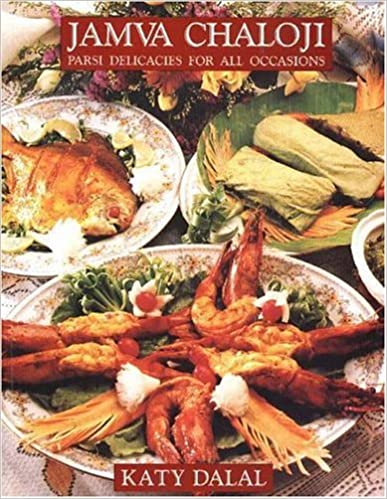



As part of our effort to compensate our writers better, we at Purple Pencil Project have launched the #PayTheWriter initiative, where readers can directly show support and appreciation for our wonderful team.
Scan or upload this image on your UPI app, and show them the love 😀










